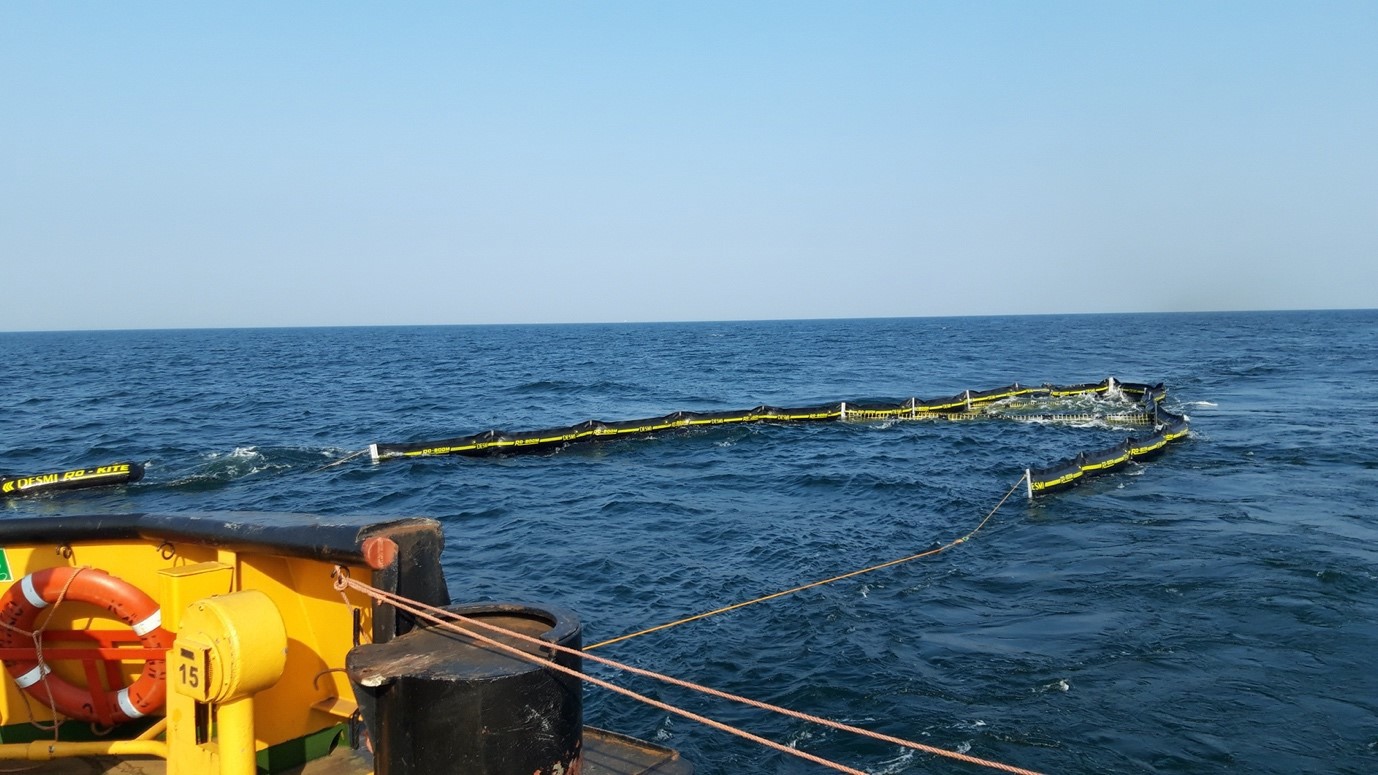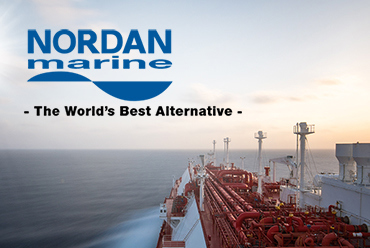
Christian Ole Ingvorsen
Business Development and Sales Manager
Mobile: +45 2016 0026

January 2021
DESMI’s expert in oil spill response, marine engineer Christian Ingvorsen, gives a big picture view on oil spills and their impact on how governments and the private sector have learned to respond to them over five decades

Business Development and Sales Manager
Mobile: +45 2016 0026


May 2025

May 2025

April 2025

February 2025